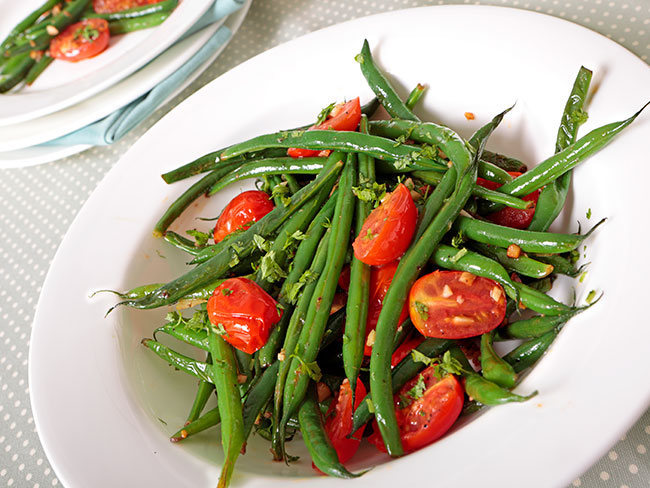Green beans and tomatoes, etc.
The recent outbreak of E.Coli contamination of spinach grown in three counties in California’s Salinas Valley has focused the nation’s attention on its food supply as have earlier occurrences of a similar problem. As of this writing, the FDA has cleared the consumption of spinach grown anywhere but the three specific counties.
Despite these assurances, it may be years before many people eat spinach; fresh, frozen, cooked or otherwise, depriving them of its benefits. Some may eschew fresh leafy greens altogether. This will have untold impact on them and also on those who have been growing our food for years.
I have no personal medical expertise on this topic, but I view it as a matter of risk vs. benefit. I believe we are better off making fresh fruits and vegetables part of our daily diet.
Clearly, most of the food purchased in America will still come from grocery stores. They are now being admonished to figure out how to tell consumers the “provenance” of the products, provenance being the term for the location at which the food is grown.
If you have the option in your community, it may be best to buy your fresh food directly from the farmers who grow it. At your local farmers’ market, the “provenance” is clearer. The name of the farm is on the market stall and you can ask where the farm is located and learn about the farmer on the web. The farmers are likely to eat their own food as part of their own families’ sustenance.
That’s one method of quality control. And you still get the benefits of foods that are not only good for you but taste good.
With all that being said, I decided it was too soon to do a salad recipe. Buy some green beans, the ripest “sauce” tomatoes, like Romas, you can find, and some parsley. Combined with a few other ingredients, they make an incredibly good side dish low in fat and high in the satisfaction that you made something really good yourself. The humble green bean shines here.
Servings: 4-6
Ingredients
- 2 tablespoons olive oil
- 1 1/2 pounds of the skinniest green beans you can find, ends trimmed
- 3 garlic cloves, peeled and minced
- 1 yellow onion, thinly sliced (a large shallot works well also)
- 6 Roma tomatoes, diced (I don’t worry about the seeds)
- 1/4 cup chopped parsley
- 4 tablespoons red wine vinegar
- 1 1/2 tsp dried oregano
- 1/2 tsp salt
- 1/2 tsp freshly ground pepper
Directions
- Heat the olive oil in a large skillet over medium heat.
- Sauté the green beans for about 2 minutes or until they are just turning bright green.
- Add the garlic, onion, and cook for about 1 minute.
- Add the tomatoes, parsley, red wine vinegar, oregano, salt and pepper (I had these all together in a bowl as part of the preparation and just tossed them in).
- Cooking on medium-low heat, juices are released from the tomatoes which serve to help steam the green beans.
- In 5 minutes or less the sauce will reduce and thicken a little.
- Adjust seasonings and serve with a protein source of some type depending on your proclivities.
